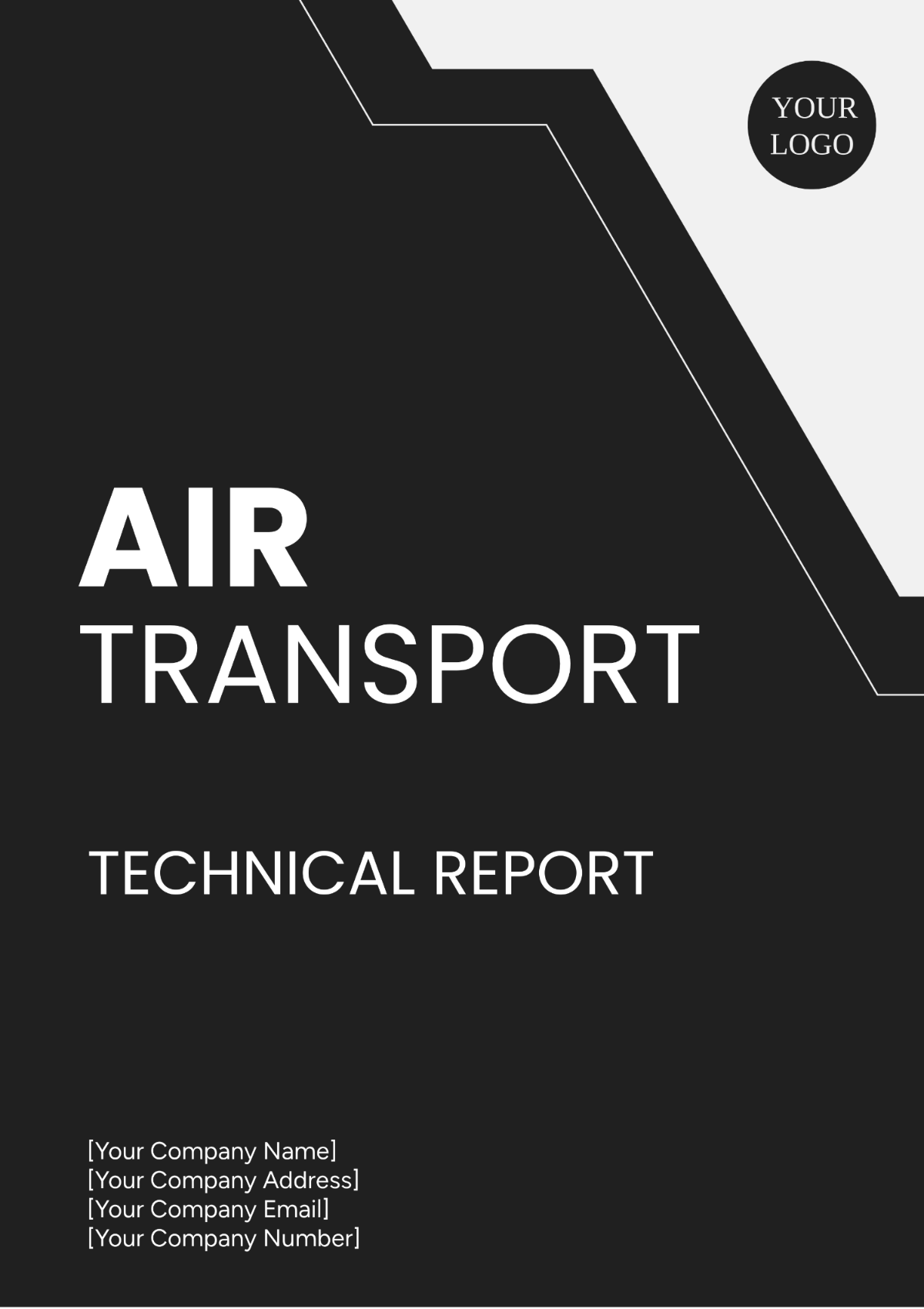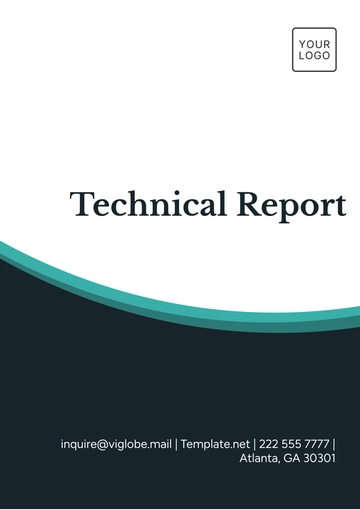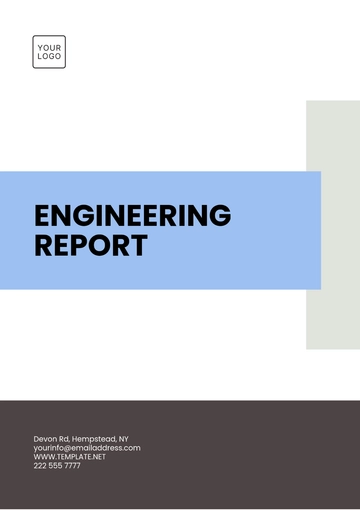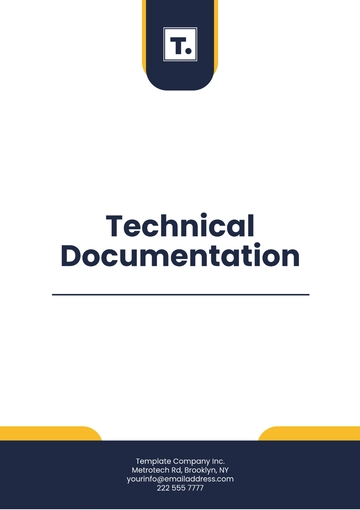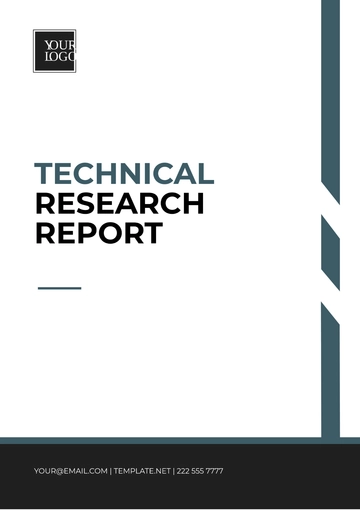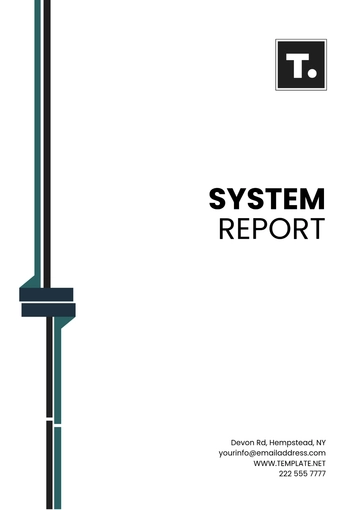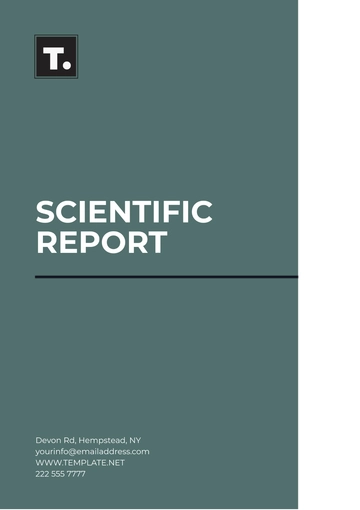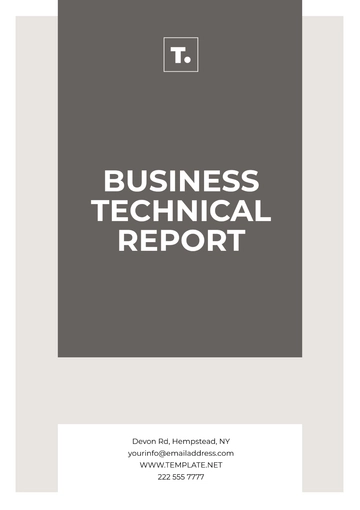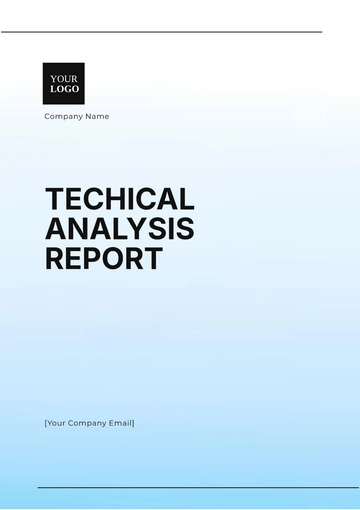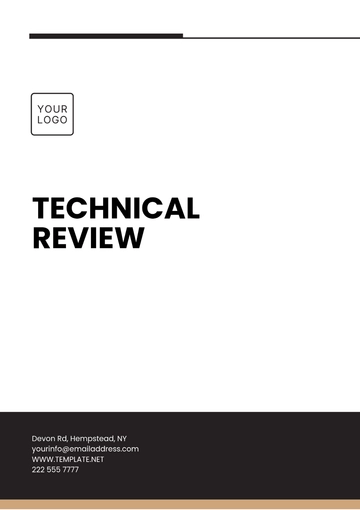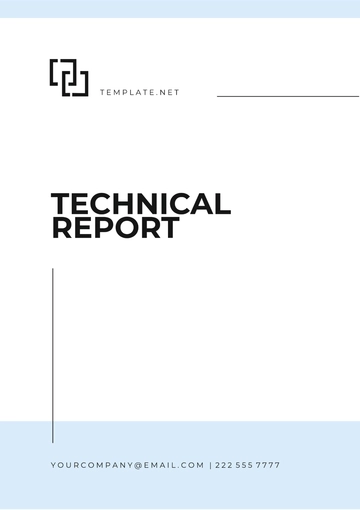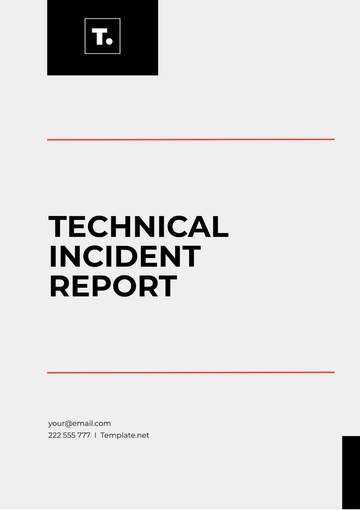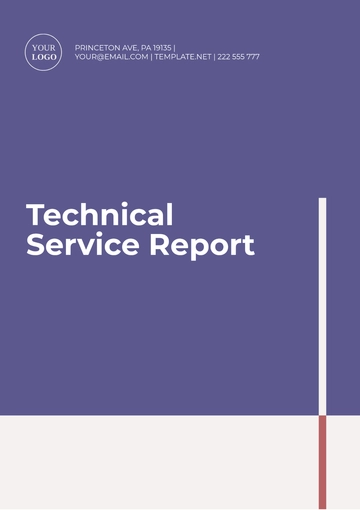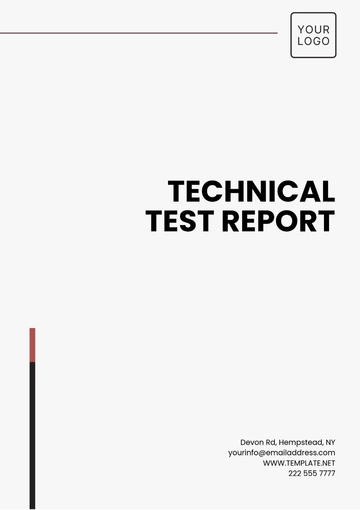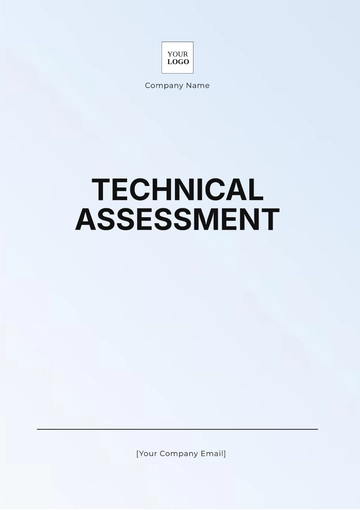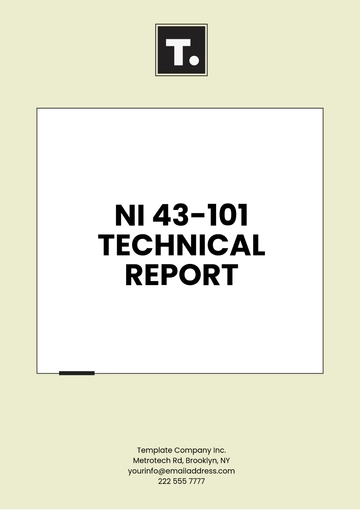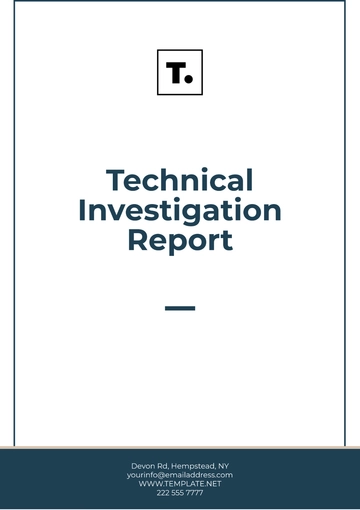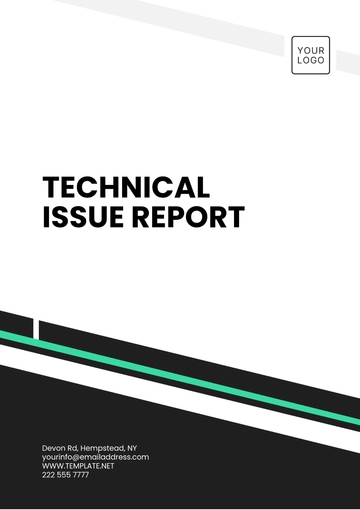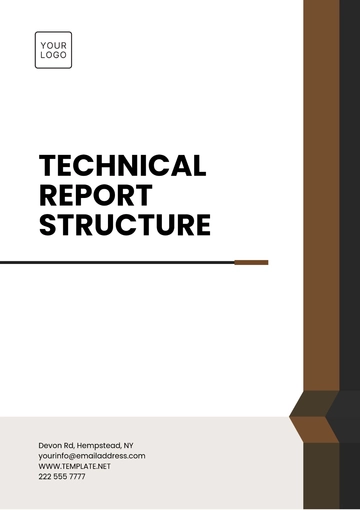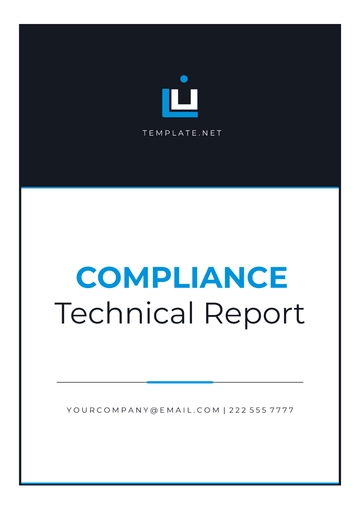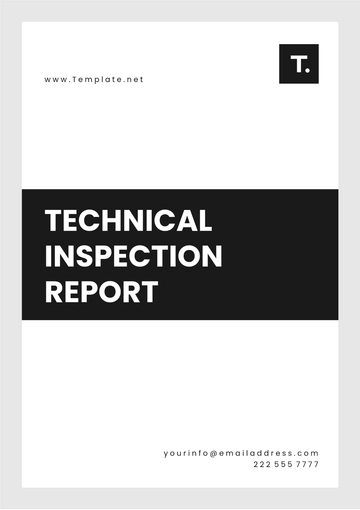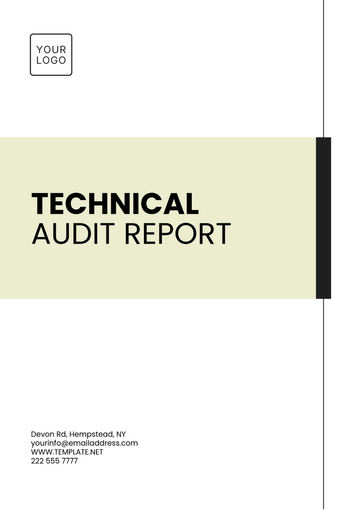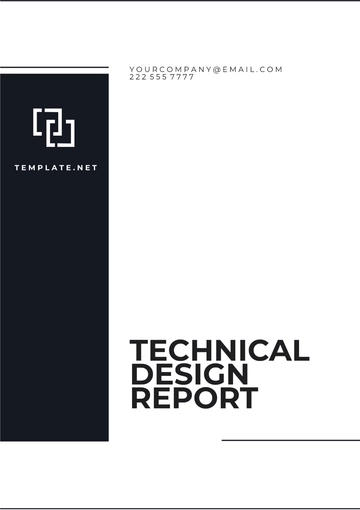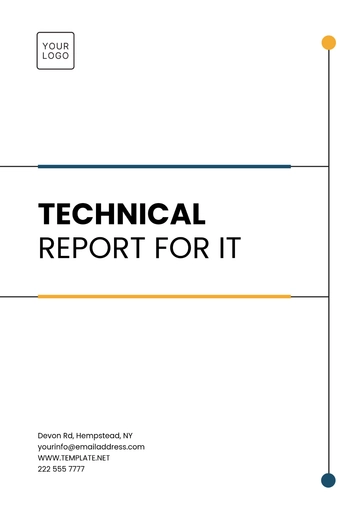Air Transport Technical Report
Prepared by: [Your Name]
Date: January 15, 2051
I. Executive Summary
The purpose of this report is to provide a comprehensive overview of the current state and future projections of air transport. The report covers regulatory, technological, and economic aspects that impact the industry.
II. Introduction
Air transportation is an indispensable segment of the worldwide transportation network. This comprehensive report delves into significant industry trends, various challenges faced by the sector, and the innovative advancements that are shaping its future.
A. Objectives
To provide an overview of the present condition and various aspects of the air transportation industry.
To conduct a thorough analysis of recent developments and progressions within the field of technology.
To make predictions about the patterns and developments that are likely to occur within the industry in the future.
B. Scope
This report provides comprehensive coverage and in-depth analysis of three distinct aviation sectors: the commercial aviation sector, which deals with the operation and management of passenger aircraft and airlines; the cargo aviation sector, which focuses on the transportation of goods and freight via aircraft; and the military aviation sector, which encompasses aircraft and related activities utilized for defense and military purposes by armed forces.
III. Regulatory Environment
The air transport industry is heavily regulated by both international and national bodies. Key regulatory aspects include:
A. International Regulations
Organizations such as the International Civil Aviation Organization (ICAO) and the International Air Transport Association (IATA) set guiding frameworks.
B. National Regulations
Each country has specific aviation authorities like the Federal Aviation Administration (FAA) in the United States.
IV. Technological Advancements
Advancements in technology are driving significant changes in the air transport industry. Key areas include:
A. Automation and Artificial Intelligence
Artificial intelligence is transforming the aviation industry by enabling predictive maintenance, optimizing flight operations, and enhancing passenger services for improved efficiency and customer satisfaction.
B. Sustainable Technologies
The development of sustainable aviation fuels, commonly referred to as SAFs, as well as the advancement of low-emission aircraft technologies, is currently an area of active research and innovation.
V. Economic Impact
The air transport industry significantly contributes to the global economy:
Creation of jobs both directly and indirectly.
Enhancement of global trade and tourism.
Stimulus for technological and infrastructural development.
Year | Passenger Traffic (million) | Cargo Traffic (million tons) | Economic Contribution (billion USD) |
|---|
2050 | 5,500 | 180 | 600 |
2051 | 5,700 | 185 | 620 |
A. Job Creation
The air transport industry supports millions of jobs worldwide, from pilots and flight attendants to ground service staff and engineers.
B. Global Trade and Tourism
Air transport facilitates the movement of goods and people across borders, promoting international trade and tourism.
VI. Recommendations
This report highlights the immense potential and challenges of the air transport industry. For sustainable growth, the industry must:
Adopt new technologies to improve efficiency and reduce environmental impact.
Comply with evolving regulatory standards.
Invest in workforce skill development.
VII. Conclusion
In conclusion, the air transport industry stands at a pivotal juncture, with technological advancements and regulatory frameworks driving its evolution. Continued innovation, regulatory compliance, and strategic investments in sustainable practices are essential for ensuring long-term growth and resilience in the sector.
Report Templates @ Template.net
